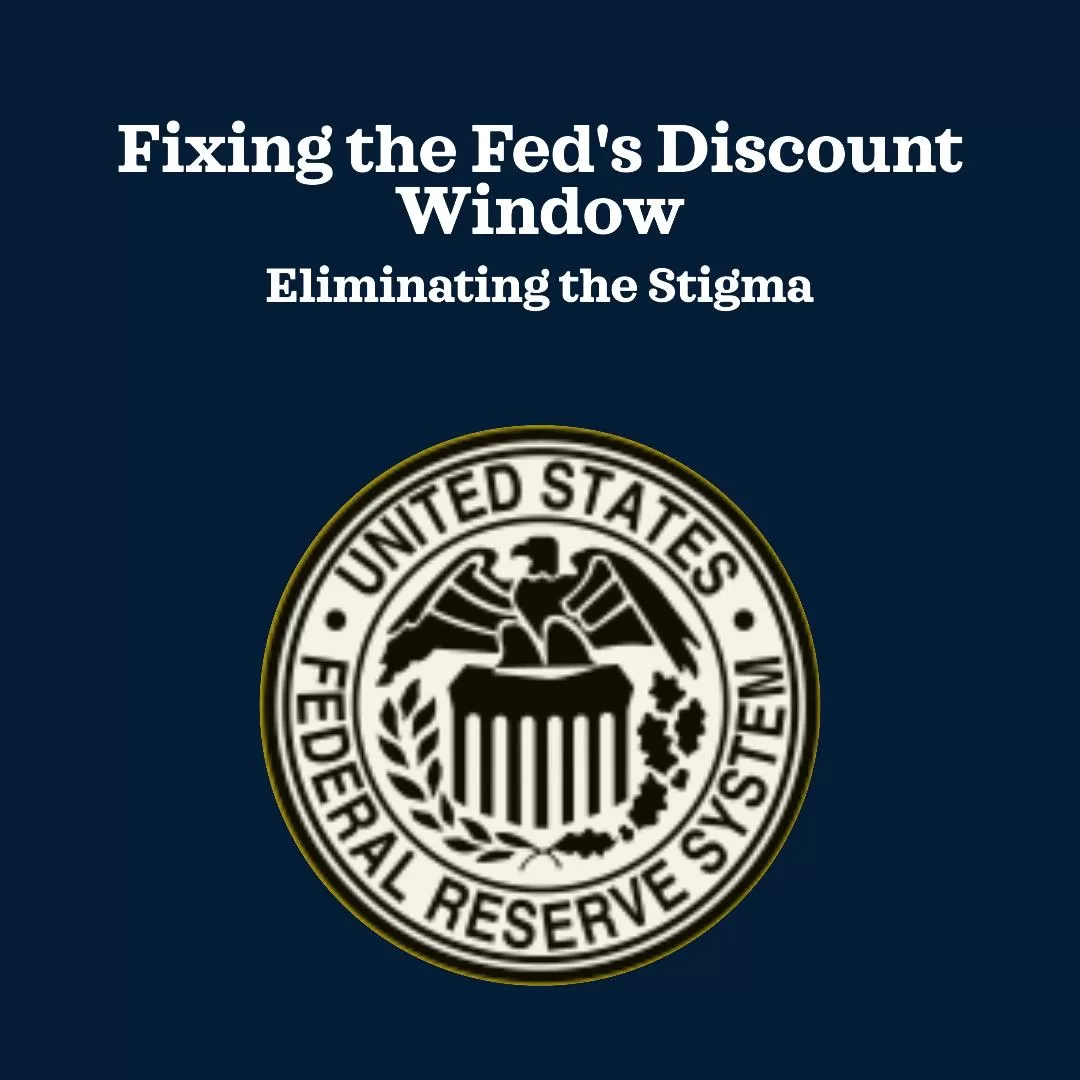The Federal Reserve’s Discount Window serves as a critical tool in providing liquidity to banks during times of financial strain. However, despite its importance, there exists a stigma among banks regarding its use. This article explores the implications of this stigma and proposes solutions to eliminate it, ensuring the effective functioning of the Discount Window. Fed Discount Window.

Understanding the Stigma: The Discount Window allows banks to borrow funds from the Federal Reserve, using eligible assets as collateral. While it serves as a vital safety net, banks often perceive accessing it as a sign of financial weakness or instability. This stigma stems from concerns about market perception and regulatory scrutiny, leading many banks to avoid utilizing this resource even when needed. Fed Discount Window.
Consequences of Stigma: The reluctance to use the Discount Window can exacerbate financial crises by depriving banks of necessary liquidity. This reluctance was evident during the 2008 financial crisis when banks were hesitant to borrow from the Discount Window, fearing damage to their reputation. Such behavior hampers the effectiveness of monetary policy and undermines financial stability.
Proposed Solutions:
- Enhanced Communication and Transparency: The Federal Reserve should improve communication regarding the Discount Window, emphasizing its role as a routine liquidity tool rather than a signal of distress. Clear guidelines and regular updates can demystify the process and alleviate concerns among banks.
- Normalization Efforts: Normalizing the use of the Discount Window is crucial. This can be achieved through publicizing success stories of banks that have responsibly utilized it during times of need. Highlighting instances where borrowing from the Discount Window enhanced financial resilience can help mitigate the stigma associated with its use.
- Regulatory Reforms: Regulatory authorities should reassess the treatment of Discount Window borrowing concerning capital and liquidity requirements. Adjustments in regulations can incentivize banks to utilize the Window without fear of adverse consequences, fostering a more resilient financial system.
- Collaboration with Industry Stakeholders: Engaging with industry stakeholders, including banks, regulators, and policymakers, is essential in addressing the stigma. Collaborative efforts can lead to the development of strategies to promote the appropriate and timely use of the Discount Window, aligning incentives and interests across the financial sector.
The stigma attached to the Fed’s Discount Window poses significant challenges to its effectiveness in providing liquidity support to banks. By implementing transparent communication, normalizing its use, enacting regulatory reforms, and fostering collaboration, this stigma can be overcome. Eliminating the stigma associated with the Discount Window is imperative to ensure the resilience and stability of the financial system, particularly during times of economic uncertainty.
Connect with Factoring Specialist, Chris Lehnes on LinkedIn
Read more articles about the Federal Reserve
